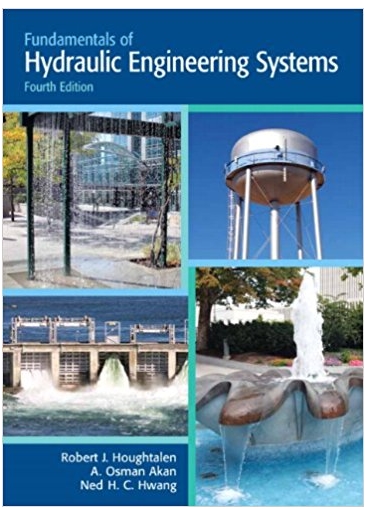Answered step by step
Verified Expert Solution
Question
1 Approved Answer
8-155 Obtain the following information about a power plant that is closest to your town: the net power output; the type and amount of

8-155 Obtain the following information about a power plant that is closest to your town: the net power output; the type and amount of fuel used; the power consumed by the pumps, fans, and other auxiliary equipment; stack gas losses; temperatures at several locations; and the rate of heat rejec- tion at the condenser. Using these and other relevant data, determine the rate of irreversibility in that power plant. 8-156 Human beings are probably the most capable crea- tures, and they have a high level of physical, intellectual, emotional, and spiritual potentials or exergies. Unfortunately people make little use of their exergies, letting most of their exergies go to waste. Draw four exergy versus time charts, and plot your physical, intellectual, emotional, and spiritual exergies on each of these charts for a 24-h period using your best judgment based on your experience. On these four charts, plot your respective exergies that you have utilized during the last 24 h. Compare the two plots on each chart and determine if you are living a "full" life or if you are wasting your life away. Can you think of any ways to reduce the mis- match between your exergies and your utilization of them? 8-157 Consider natural gas, electric resistance, and heat pump heating systems. For a specified heating load, which one of these systems will do the job with the least irreversibility? Explain. 8-158 The domestic hot-water systems involve a high level of irreversibility and thus they have low second-law efficien- cies. The water in these systems is heated from about 15C to about 60C, and most of the hot water is mixed with cold water to reduce its temperature to 45C or even lower before it is used for any useful purpose such as taking a shower or washing clothes at a warm setting. The water is discarded at about the same temperature at which it was used and replaced by fresh cold water at 15C. Redesign a typical resi- dential hot-water system such that the irreversibility is greatly reduced. Draw a sketch of your proposed design. 8-155 Obtain the following information about a power plant that is closest to your town: the net power output; the type and amount of fuel used; the power consumed by the pumps, fans, and other auxiliary equipment; stack gas losses; temperatures at several locations; and the rate of heat rejec- tion at the condenser. Using these and other relevant data, determine the rate of irreversibility in that power plant. 8-156 Human beings are probably the most capable crea- tures, and they have a high level of physical, intellectual, emotional, and spiritual potentials or exergies. Unfortunately people make little use of their exergies, letting most of their exergies go to waste. Draw four exergy versus time charts, and plot your physical, intellectual, emotional, and spiritual exergies on each of these charts for a 24-h period using your best judgment based on your experience. On these four charts, plot your respective exergies that you have utilized during the last 24 h. Compare the two plots on each chart and determine if you are living a "full" life or if you are wasting your life away. Can you think of any ways to reduce the mis- match between your exergies and your utilization of them? 8-157 Consider natural gas, electric resistance, and heat pump heating systems. For a specified heating load, which one of these systems will do the job with the least irreversibility? Explain. 8-158 The domestic hot-water systems involve a high level of irreversibility and thus they have low second-law efficien- cies. The water in these systems is heated from about 15C to about 60C, and most of the hot water is mixed with cold water to reduce its temperature to 45C or even lower before it is used for any useful purpose such as taking a shower or washing clothes at a warm setting. The water is discarded at about the same temperature at which it was used and replaced by fresh cold water at 15C. Redesign a typical resi- dential hot-water system such that the irreversibility is greatly reduced. Draw a sketch of your proposed design.
Step by Step Solution
There are 3 Steps involved in it
Step: 1

Get Instant Access to Expert-Tailored Solutions
See step-by-step solutions with expert insights and AI powered tools for academic success
Step: 2

Step: 3

Ace Your Homework with AI
Get the answers you need in no time with our AI-driven, step-by-step assistance
Get Started


